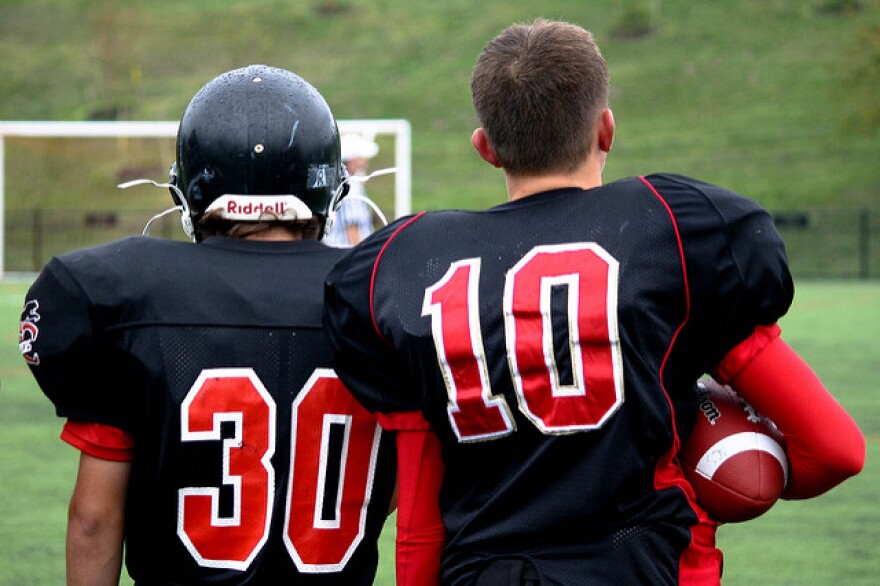Athletes are bad at recognizing how close they are to heat stroke, according to new research out of Central Michigan University.
The study pushed athletes within a few degrees of heat stroke and then measured the impact of delaying treatment.
After a half hour athletes were likely to report that they felt cooler, while still dangerously close to the 105 degree threshold for heat stroke.
Kevin Miller is the supervising professor on the research. He said especially 30 minutes after near heat stroke conditions, athletes report feeling cooler than they actually are.
“With exertional heat stroke if your body temperature stays about 105 degrees fahrenheit for longer than 30 minutes we start to see cell breakdown and organ breakdown and eventually death if you don’t treat them within the golden half hour.”
Miller said the brain isn’t great at measuring when the body is at this threshold.
“Their brain doesn’t sense the danger level as well as it should. When we get that hot our body really does not do a great job of perceiving the danger of it’s internal body temperature.”
Miller said the antidote is well documented.
“Cold water immersion is the gold standard treatment for exertional heat stroke victims. If you can bring someone's body temperature below 102 within that first thirty minutes of signs and symptoms of exertional heat stroke the survival rate is 100 percent.”
Miller said without getting treatment within a half hour window cells and organs begin to breakdown, eventually leading to death.
Between 2 and 4 high school students nationwide die each year from overheating during practice.
Miller said at the college level national standards, like limiting practices in a day, have kept athletes protected from overheating. But he says similar standards are hard to implement at the high school level.
The research won an award for Best Original Research from the Great Lakes Athletic Trainer’s Association in March.

